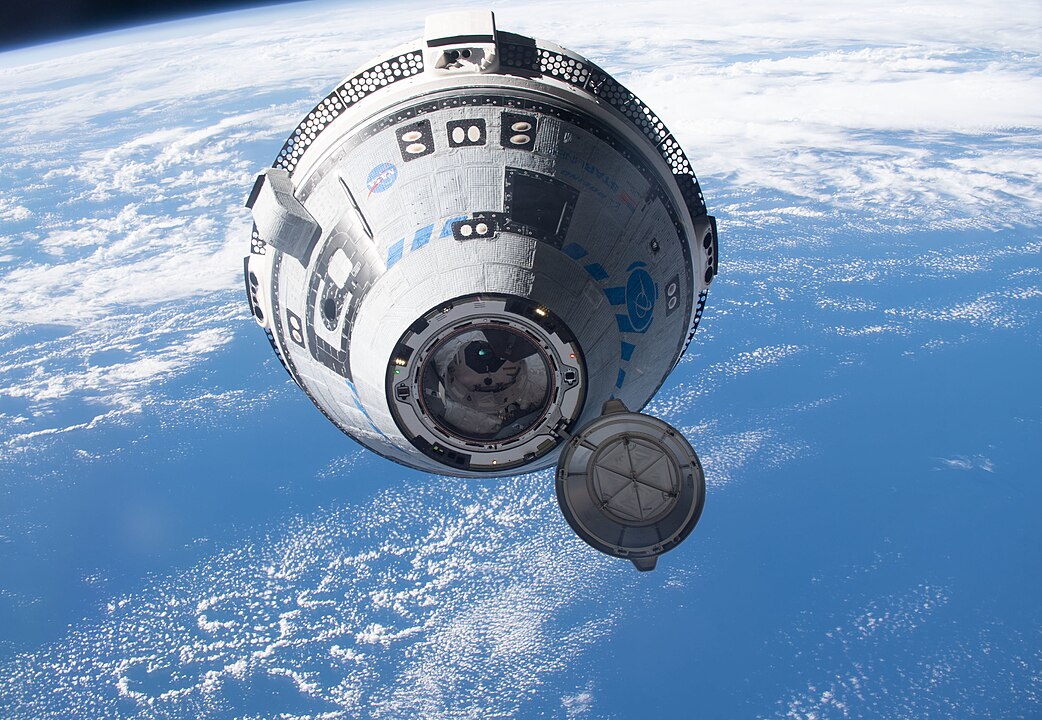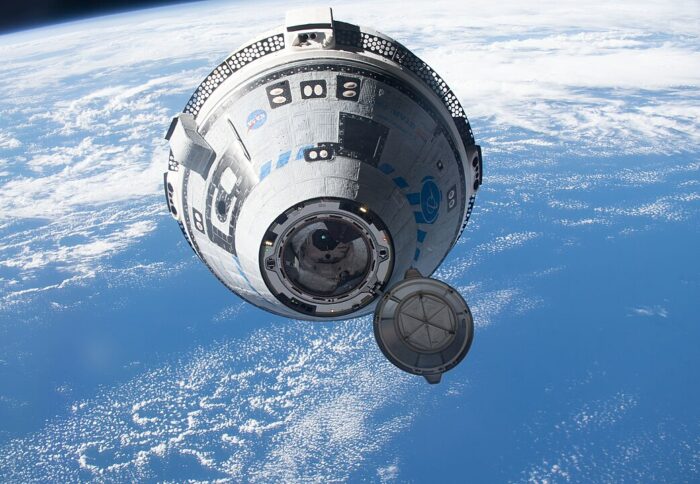Varda Space Industries is changing the game for pharmaceutical manufacturing by harnessing the unique properties of microgravity. This innovative startup is developing spacecraft capable of producing drugs in orbit, potentially transforming how medications are formulated and administered.
At the heart of Varda’s mission is the creation of a “bioreactor with a gravity off switch.” As Delian Asparouhov, Co-founder and President, explained in a recent report: “Effectively what Varda is doing is creating a net new bioreactor that has a new switch that nobody else has capable of accessing, which is a gravity switch.”
This groundbreaking approach opens up new possibilities for drug formulation.
“Microgravity effectively enables completely net new formulations that are possible on the ground,” said Will Bruey, Co-founder and CEO. “It’s one of the four fundamental forces of physics being able to actually manipulate that when it has typically been a constant in the equations that pharmaceutical scientists use.”

The potential impact on patient care is significant. Varda aims to develop drugs that can be administered more conveniently and effectively.
“Previously a drug that was only able to be administered via an intravenous drip that would take one to four hours, now instead you can make a subcutaneous version syringes you can take in the safety and comfort of your own home,” said Asparouhov, providing an example.
While the concept of space-based drug manufacturing isn’t new, recent advancements in rocket technology have made it economically viable. Varda is capitalizing on these developments to bring pharmaceutical production to orbit.
Bruey emphasized their practical approach, explaining that every single piece of their puzzle had been done before: they purchased the launch, used a light bus, acquired the drug formulation, and conducted on-orbit procedures on the ISS, as well as managed re-entry. The novelty of their work lies in the combination of these elements.
The company’s process involves launching their spacecraft, manufacturing the drug in orbit, and then returning the product to Earth. This cycle takes approximately a month, with the actual drug production occurring over about a day. The spacecraft then performs a deorbit burn, re-entering the atmosphere at high speed before parachuting down to a landing site in Utah.
Varda’s vision extends beyond pharmaceuticals. The company sees potential for a broader range of space-based manufacturing. Asparouhov envisions “an industrial park in orbit that is doing mass-scale manufacturing in pharmaceuticals, semiconductors, fiber optics, all these various sensitive materials that you can create higher-quality versions of in the microgravity environment.”
This ambitious project represents more than just a business venture. For Bruey, it’s about pushing the boundaries of human achievement: “The only way to make humanity a multi-planetary species is to ensure that there’s economic activity basically happening in space, that because we’ve established this really strong trading post there’s still momentum, this flywheel’s kicked off but it’s just completely unstoppable.”
As Varda continues to develop its technology and refine its processes, the company is leading the way. By combining cutting-edge aerospace engineering with pharmaceutical science, Varda is not just reaching for the stars—it’s bringing the benefits of space back to Earth in the form of potentially life-changing medications.
Share this article:










